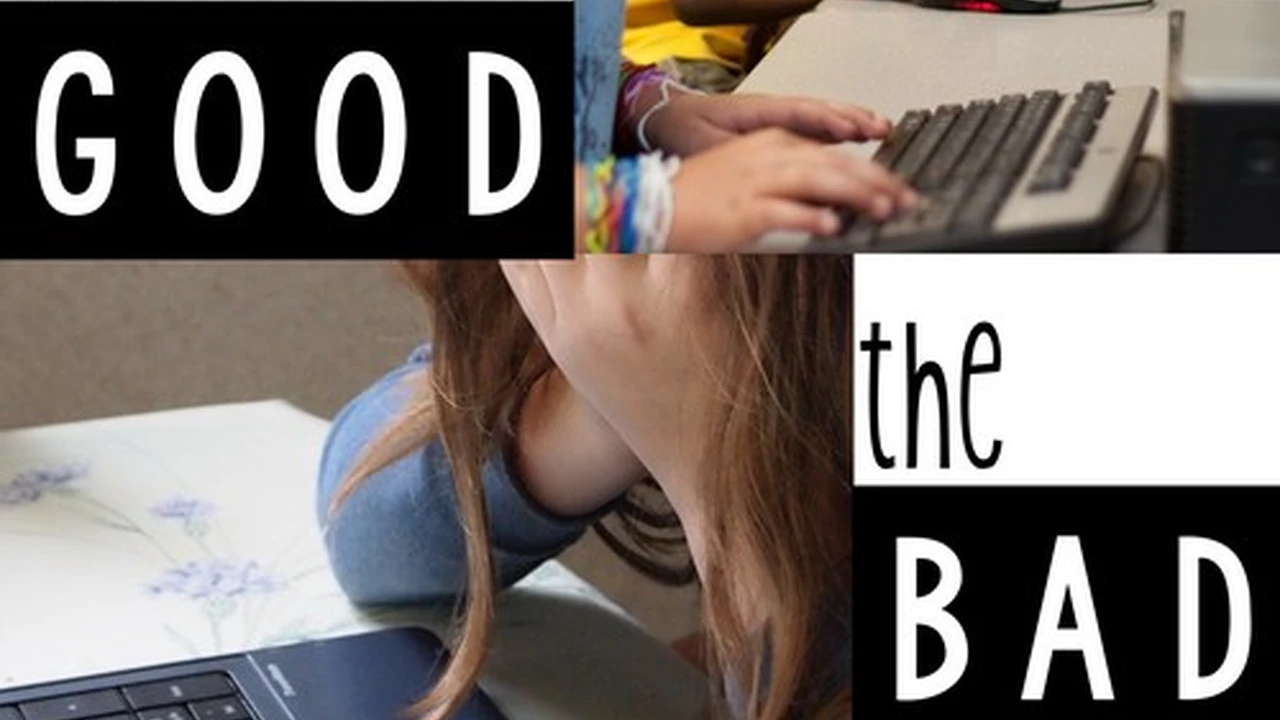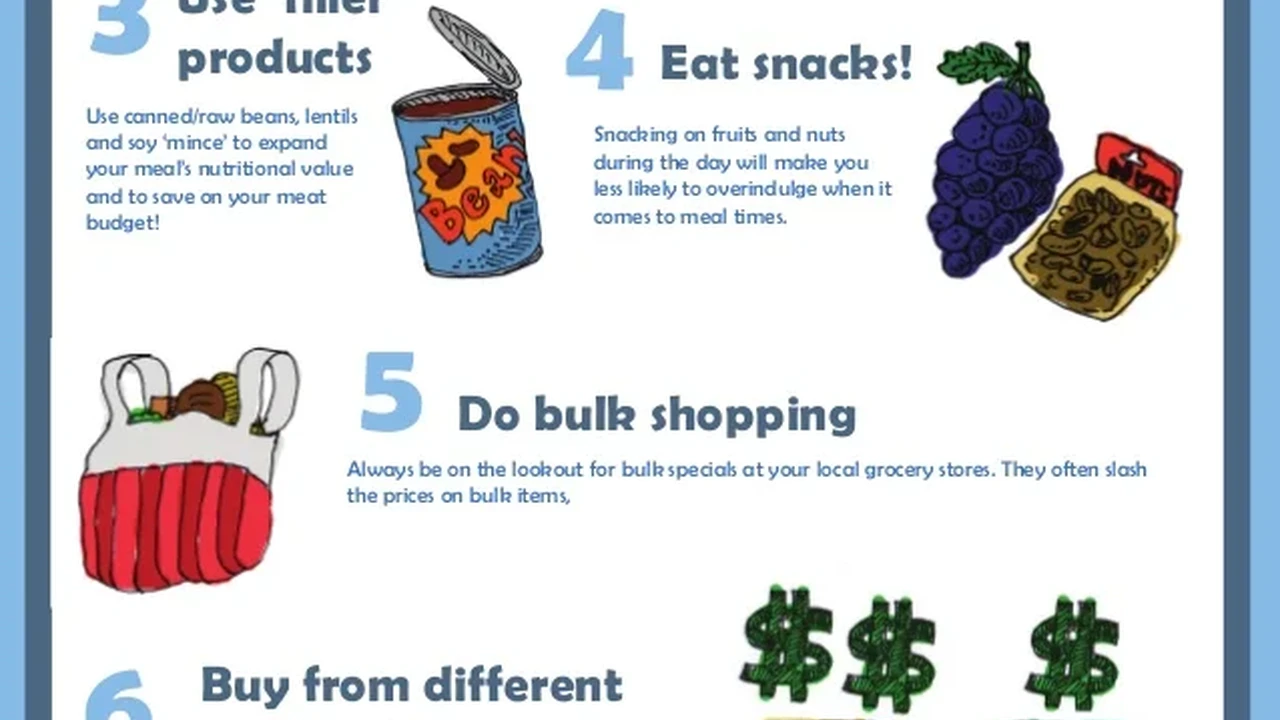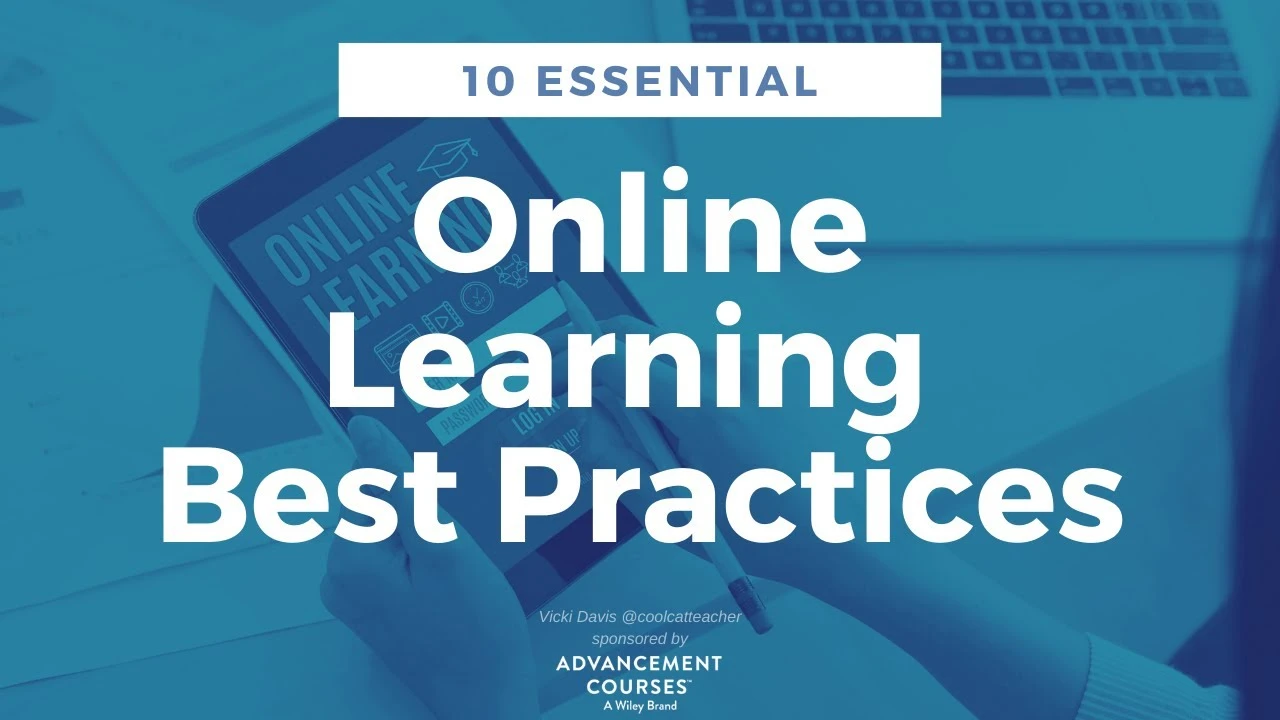5 Ways to Overcome Procrastination in College
Conquer procrastination with 5 effective ways to overcome it in college. Boost your productivity and meet academic deadlines.

5 Ways to Overcome Procrastination in College
Hey there, fellow student! Ever found yourself staring at a blank document, the deadline looming, and suddenly your room needs a deep clean, or you absolutely must watch that obscure documentary about competitive cheese rolling? If so, you're not alone. Procrastination is a universal struggle, especially in the demanding environment of college. It's that sneaky habit of delaying tasks, often until the very last minute, leading to stress, rushed work, and sometimes, missed opportunities. But here's the good news: it's a habit you can break. This isn't about magic tricks; it's about understanding why we procrastinate and implementing practical strategies to get things done. Let's dive into five effective ways to overcome procrastination and reclaim your academic productivity.
Understanding the Roots of Student Procrastination and Its Impact
Before we tackle how to beat procrastination, it's helpful to understand why it happens. For students, the reasons are varied and often intertwined. Sometimes, it's about the sheer overwhelming nature of a large assignment. You look at that 10-page research paper, and your brain just shuts down. Other times, it's a fear of failure or even a fear of success – what if you do well, and then the expectations are even higher? Perfectionism can also be a culprit; if you can't do it perfectly, why start at all? Lack of interest in a subject, feeling unmotivated, or simply poor time management skills are also common drivers. The impact of procrastination can be severe: increased stress and anxiety, lower grades, missed opportunities for learning, and a general feeling of being overwhelmed and out of control. It can even affect your physical health, leading to sleep deprivation and poor eating habits. Recognizing these underlying causes is the first step toward developing effective coping mechanisms.
Strategy 1 Breaking Down Large Tasks into Manageable Chunks for Academic Success
One of the biggest reasons we procrastinate on big projects is that they feel, well, big. An essay, a presentation, a coding project – they all seem like insurmountable mountains. The key here is to break them down into smaller, more manageable steps. This isn't just about making a to-do list; it's about creating a clear, actionable path forward. For example, instead of 'Write Research Paper,' your list might look like this:
- Choose topic
- Conduct preliminary research (3 sources)
- Create outline
- Write introduction
- Write body paragraph 1
- Write body paragraph 2
- ...and so on
- Write conclusion
- Edit and proofread
- Format citations
Each of these smaller tasks feels less daunting. You can even assign a specific, short amount of time to each, like 25 minutes for 'Conduct preliminary research.' This approach, often called the Pomodoro Technique, involves working for focused intervals (e.g., 25 minutes) followed by short breaks (e.g., 5 minutes). After four Pomodoros, you take a longer break (15-30 minutes). This method helps maintain focus and prevents burnout. There are many apps and timers available to help with this. For instance, the Forest app (available on iOS and Android, free with in-app purchases, premium version around $1.99) gamifies the Pomodoro technique by growing a virtual tree when you stay focused, and it dies if you leave the app. Another great option is Toggl Track (web, desktop, mobile, free for basic features, paid plans for teams), which is more of a robust time tracking tool but can easily be adapted for Pomodoro. For a simple, no-frills option, a physical kitchen timer works wonders. The beauty of breaking tasks down is that it makes the starting point less intimidating, and each completed mini-task provides a sense of accomplishment, building momentum.
Strategy 2 The Power of the Pomodoro Technique and Time Management Tools for Students
We briefly touched upon the Pomodoro Technique, but it deserves its own spotlight because it's incredibly effective for combating procrastination. The core idea is to work in short, focused bursts, typically 25 minutes, followed by a 5-minute break. After four such 'Pomodoros,' you take a longer break of 15-30 minutes. This structured approach helps in several ways:
- Overcoming the 'Starting' Hurdle: Committing to just 25 minutes feels much easier than committing to hours of work.
- Maintaining Focus: Knowing a break is coming helps you stay on task and resist distractions.
- Preventing Burnout: Regular breaks keep your mind fresh and prevent mental fatigue.
- Improving Time Awareness: You start to get a better sense of how long tasks actually take.
Beyond the Forest app mentioned earlier, there are numerous tools that can help you implement this. Focus To-Do (iOS, Android, Windows, Mac, free with premium features, around $8.99 for lifetime) combines a to-do list with a Pomodoro timer, allowing you to assign Pomodoros to specific tasks. It also offers detailed statistics on your focus time. For those who prefer a more minimalist approach, a simple online Pomodoro timer like Pomofocus.io (web-based, free) is perfect. It's clean, easy to use, and gets the job done without any extra bells and whistles. If you're looking for something that integrates with your existing calendar, TickTick (iOS, Android, Web, Desktop, free with premium features, around $2.99/month) is a powerful to-do list and task manager that includes a built-in Pomodoro timer. It's great for students who need to manage multiple courses and deadlines. The key is to find a tool that resonates with you and stick with it. Consistency is what makes this technique truly powerful.
Strategy 3 Eliminating Distractions and Creating a Conducive Study Environment for Optimal Focus
In today's digital age, distractions are everywhere. Your phone buzzes, social media beckons, and suddenly, that essay is a distant memory. Creating an environment conducive to focus is crucial for overcoming procrastination. This means actively eliminating or minimizing potential distractions.
- Phone Management: This is probably the biggest culprit. Put your phone on silent, turn off notifications, and ideally, place it in another room or out of sight. If you need it for research, use a distraction-blocking app.
- Website Blockers: For computer-based work, consider using website blockers. Cold Turkey Blocker (Windows, Mac, free basic, Pro version around $39) is a robust option that can block websites, applications, and even the entire internet for set periods. It's notoriously difficult to bypass once activated, which is great for serious procrastinators. Another popular choice is Freedom (Windows, Mac, iOS, Android, Chrome extension, starts at $6.99/month or $29/year), which allows you to block distracting apps and websites across all your devices. It's particularly useful if you find yourself jumping between your laptop and phone for distractions.
- Designated Study Space: Try to have a specific area dedicated to studying. This could be a desk in your dorm, a quiet corner of the library, or a specific spot in a coffee shop. When you're in this space, your brain associates it with work, making it easier to get into a productive mindset.
- Noise Control: If noise is an issue, consider noise-canceling headphones. Products like the Sony WH-1000XM5 (around $349) or the Bose QuietComfort 45 (around $279) are top-tier options, offering excellent noise cancellation and comfort for long study sessions. For a more budget-friendly alternative, the Anker Soundcore Life Q30 (around $79) offers surprisingly good noise cancellation for its price. Alternatively, white noise or ambient sound apps like Noisli (web, iOS, Android, free basic, premium around $10/year) can create a calming and focused sound environment.
The goal is to make it as difficult as possible for distractions to pull you away from your work. The less mental energy you spend resisting temptation, the more you have for your actual tasks.
Strategy 4 The 'Two-Minute Rule' and Immediate Action for Productivity Boost
Sometimes, the biggest hurdle to overcoming procrastination is simply getting started. The 'Two-Minute Rule,' popularized by productivity expert David Allen, is incredibly simple yet remarkably effective. The rule states: If a task takes less than two minutes to complete, do it immediately.
Think about it: sending that quick email, putting away your laundry, washing that one dish, adding an item to your to-do list, or even just opening the document for your essay. These small tasks often get delayed, piling up and contributing to a feeling of being overwhelmed. By tackling them immediately, you not only clear your mental clutter but also build momentum. Each completed two-minute task gives you a small win, a sense of accomplishment that can propel you into larger tasks. It's about reducing the friction of starting. If you're procrastinating on a big task, the two-minute rule can also be applied to the very first step. For example, if you're avoiding writing an essay, commit to just two minutes of outlining, or two minutes of finding one source. Often, once you start, the inertia of procrastination is broken, and you find yourself continuing for much longer than two minutes. This strategy is about tricking your brain into action by making the initial commitment incredibly small and easy.
Strategy 5 Reward Systems and Accountability Partners for Sustained Motivation
Let's be honest, studying isn't always the most thrilling activity. To keep yourself motivated and to reinforce positive habits, incorporating reward systems and accountability can be incredibly powerful.
- Personal Reward Systems: These don't have to be grand gestures. After completing a significant chunk of work (e.g., finishing a chapter, completing a Pomodoro session, or hitting a daily study goal), reward yourself. This could be 15 minutes of social media, a short walk, listening to your favorite song, or a small snack. The key is that the reward should be something you genuinely enjoy and that it's directly tied to completing the task. Avoid rewards that could lead to more procrastination (e.g., 'I'll watch an entire season of a show').
- Accountability Partners: This is where another person comes in. Find a friend, classmate, or even a family member who can act as your accountability partner. Share your study goals with them, and check in regularly. Knowing someone else is expecting you to complete a task can be a huge motivator. You could even set up joint study sessions where you both work on separate tasks but in the same physical or virtual space. Apps like Focusmate (web-based, free for 3 sessions/week, paid for unlimited, around $5/month) connect you with a random accountability partner for 50-minute video co-working sessions. It's a fantastic way to feel observed and stay on task.
- Public Commitments: Sometimes, simply telling others about your goals can create a sense of accountability. Post your study plan on a private group chat with friends, or even tell your roommate what you intend to accomplish by the end of the day. The fear of not following through can be a strong motivator.
- Tracking Progress: Seeing how far you've come can be a powerful motivator. Use a planner, a bullet journal, or a task management app like Todoist (iOS, Android, Web, Desktop, free basic, Pro around $4/month) to track your completed tasks. Checking off items provides a visual representation of your progress and reinforces the habit of getting things done.
Remember, the goal of these strategies is not to eliminate procrastination entirely – that's an unrealistic expectation. The goal is to reduce its frequency and impact, allowing you to be more productive, less stressed, and ultimately, more successful in your academic journey. Experiment with these methods, find what works best for you, and be patient with yourself. Building new habits takes time and consistent effort. You've got this!
:max_bytes(150000):strip_icc()/277019-baked-pork-chops-with-cream-of-mushroom-soup-DDMFS-beauty-4x3-BG-7505-5762b731cf30447d9cbbbbbf387beafa.jpg)






